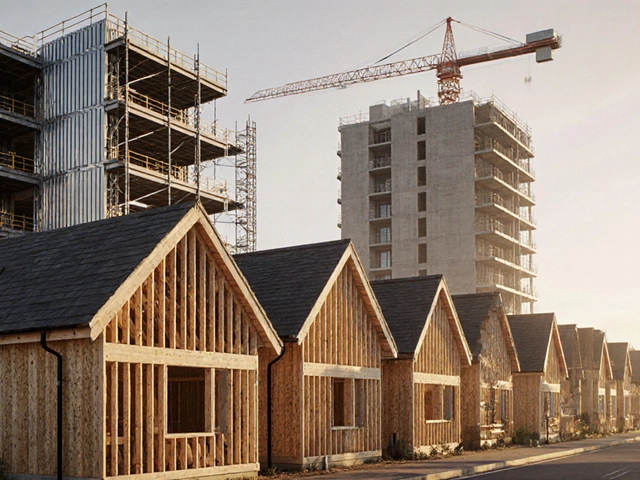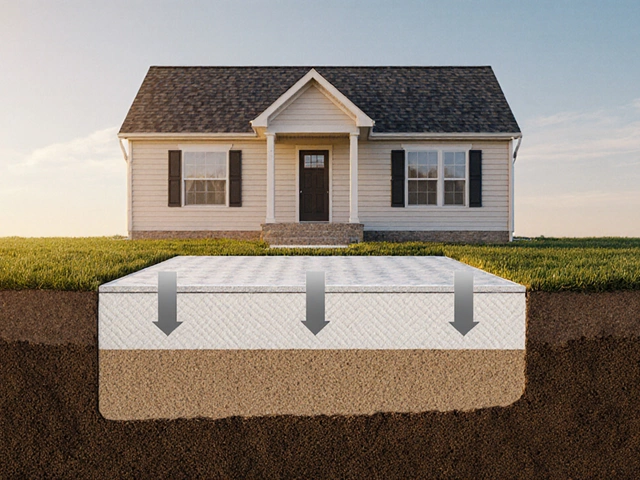Foundation Leveling: What It Is, Why It Matters, and How It Saves Your Home
When your floor slopes, doors stick, or cracks appear in your walls, it’s often not just wear and tear—it’s a sign of foundation leveling, the process of correcting a sinking or uneven foundation to restore structural balance and prevent further damage. Also known as foundation repair, it’s one of the most critical services for homes built on shifting soil, especially in areas with clay or high water tables. Without timely intervention, small issues turn into major repairs—think walls pulling away, plumbing leaks, or even unsafe living conditions.
Foundation settlement, the natural sinking of a home’s base over time, is common, but not always harmless. Some settling is normal in the first few years after construction, but if your home is tilting more than an inch over 20 feet, or if cracks are wider than a quarter-inch, you’re past the point of normal. This is where foundation leveling steps in. It doesn’t just fix the look—it restores the integrity. Methods like slabjacking, pier installation, or mudjacking are used depending on soil type, home age, and damage severity. These aren’t quick fixes; they’re structural interventions backed by engineering principles.
And it’s not just about the foundation itself. Problems with foundation crack patterns often tell you what’s happening beneath. Hairline cracks? Maybe just drying shrinkage. Wide, jagged, or stair-step cracks? That’s settlement or pressure from expanding soil. Structural damage, any harm that affects the load-bearing parts of a building can reduce your home’s value by 20% or more if left unchecked. That’s why homeowners who wait too long end up paying three times more for full underpinning instead of simple leveling.
Timing matters. Spring and fall are ideal seasons for foundation work—dry enough to avoid mud, cool enough to prevent concrete from curing too fast. But don’t wait for perfect weather if your doorframes are crooked. The longer you delay, the more stress you put on walls, floors, and even your roof. And while some try DIY fixes with epoxy injections or patching, those rarely solve the root problem. Real leveling requires heavy equipment, precise measurements, and trained crews who know how to lift a house without breaking it.
What you’ll find here are real stories, real costs, and real advice from people who’ve been there. Whether you’re wondering if your home needs leveling, how to spot early signs, or whether insurance will cover it, the posts below give you the straight facts—no fluff, no sales pitch, just what works.





